If the last list felt too normal, try these. Each idea sounds wild yet is backed by experiments or working tech. No movie tricks here. You will meet liquid that climbs walls, messages sent without moving stuff, light slowed to a stroll, and crystals that keep time in a new way. All of this is real physics, tested in labs and used in devices. The world is stranger than it looks, and these ten concepts prove it clearly and simply.
1. Quantum Teleportation
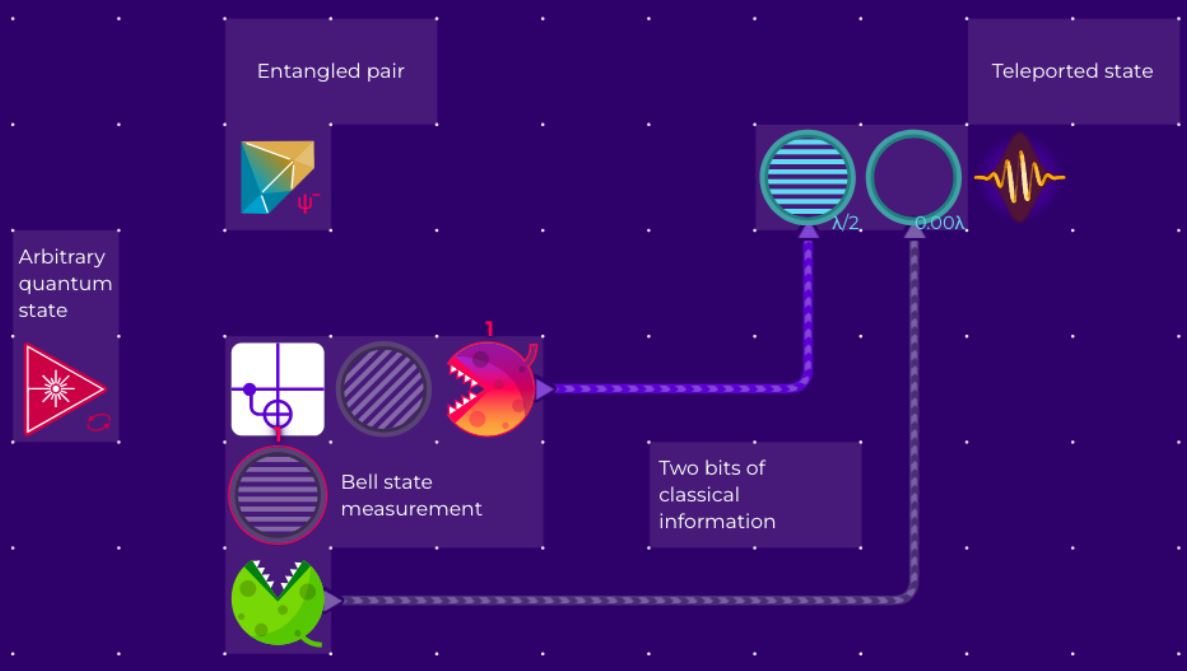
Scientists can teleport a quantum state from one place to another. Nothing material moves and nothing outruns light. The trick uses an entangled pair shared between sender and receiver plus two ordinary bits sent by radio or fiber. With those pieces the receiver builds an exact copy of the original state while the source is destroyed. Labs have teleported states across city fiber and between ground and satellites. It is not Star Trek transport, but it is real and repeatable.
2. Superfluid Helium Climbs Walls
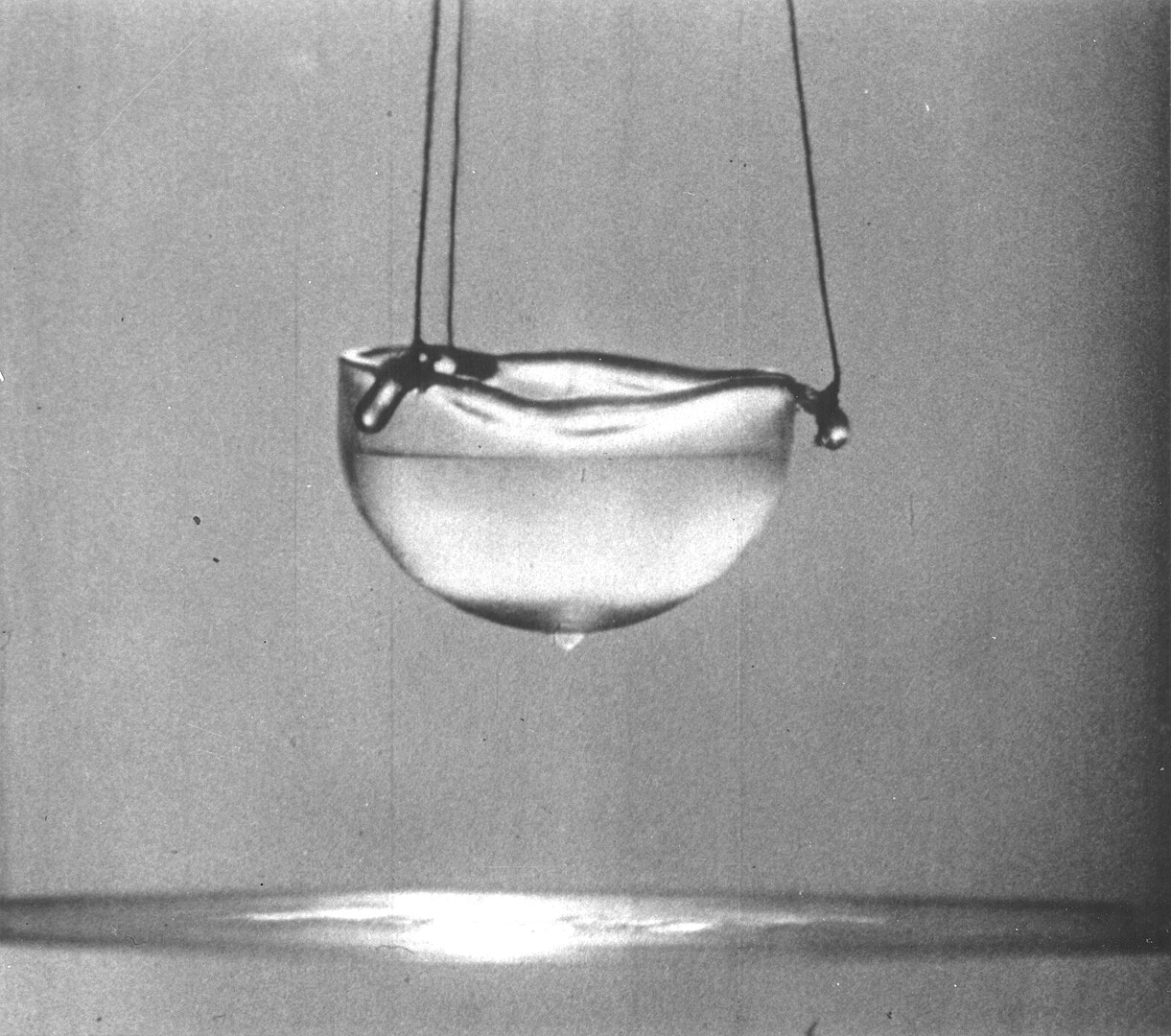
Cool helium enough and it becomes a superfluid with no viscosity. It spreads as a thin film and creeps up and over container walls, then drips down the outside. It also slips through tiny gaps that normal liquids cannot pass. Stir it and it keeps flowing without slowing. These odd moves come from quantum behavior on a big scale where many atoms act like one wave. The effect is visible to the eye and shows how weird cold matter can be.
3. Light Slowed and Even Stopped

Light in empty space is fast, yet in special cold gases scientists have slowed light to bicycle speed and even halted a pulse, storing its information in the atoms. Later they release it and the pulse continues on. The trick is called electromagnetically induced transparency. It lets researchers catch and hand back a burst of light like a note placed on pause. This is not breaking physics. It is careful control of how matter and light talk to each other.
4. Quantum Zeno Effect
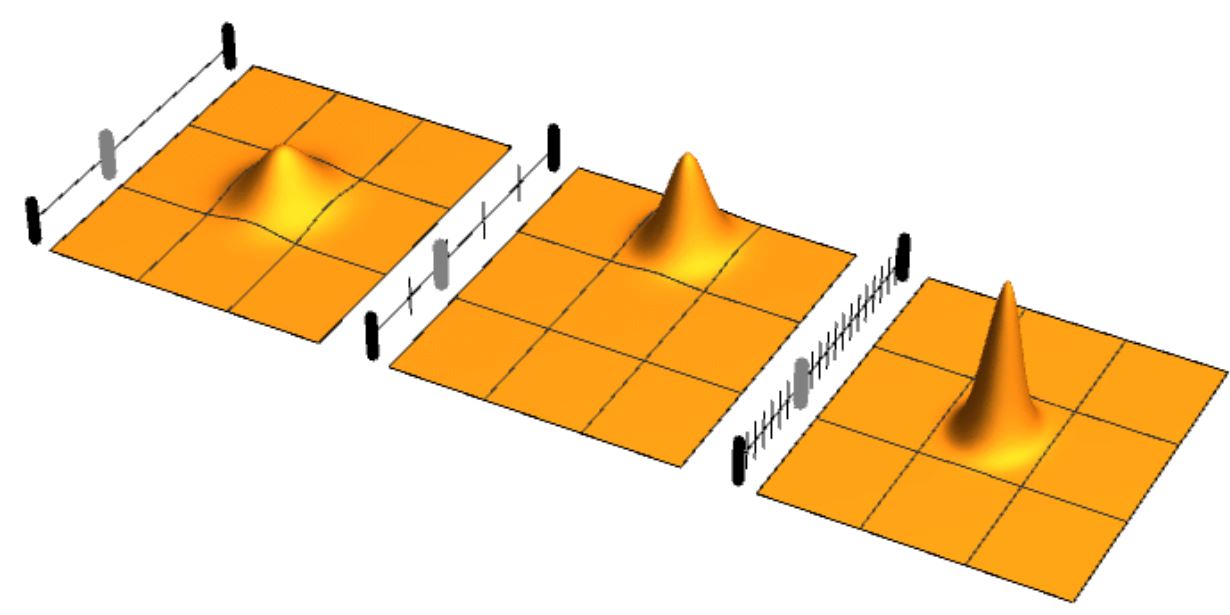
Watching a quantum system again and again can freeze its change. Repeated gentle checks can hold an excited atom from decaying or halt a particle from evolving to another state. The constant measurements reset the clock, so the system stays close to where it began. This has been shown with trapped ions and cold atoms. It sounds like a paradox, yet it follows the rules of quantum theory and demonstrates how measurement shapes outcomes in tiny systems.
5. Negative Absolute Temperature
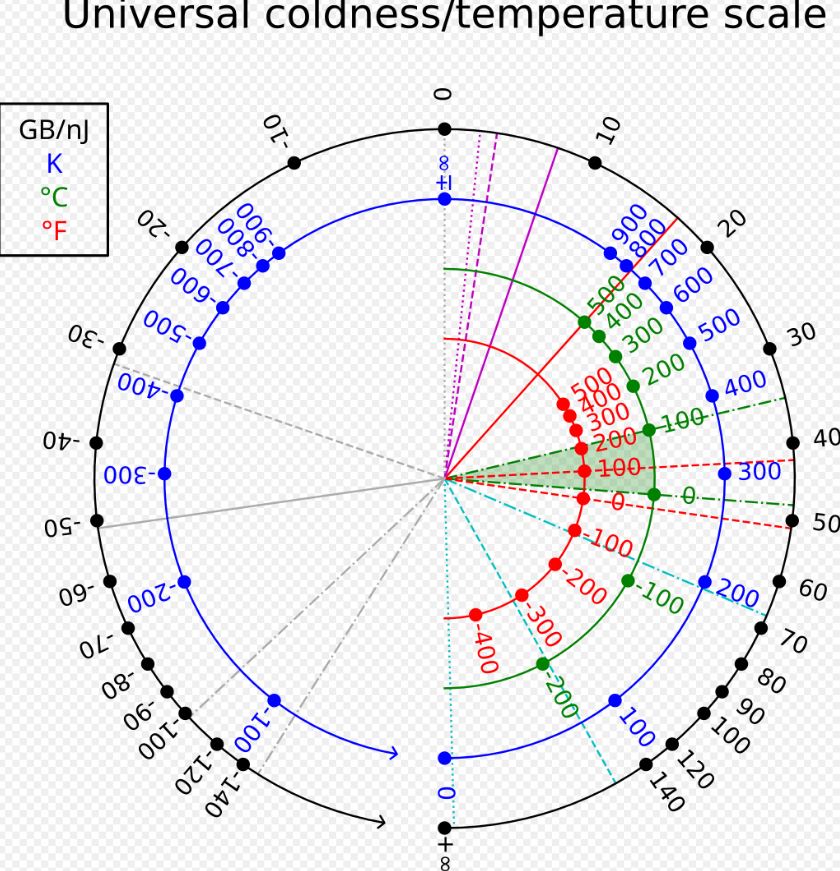
On special systems with energy levels that top out, you can flip the usual order so more particles sit in high levels than low. That state is called negative temperature on the kelvin scale and it is hotter than any positive temperature because heat would flow from it into any normal system. Lasers rely on a related population inversion. Negative temperature does not mean colder than zero. It means the energy is packed in a way that reverses the usual scale.
6. Cherenkov Blue Glow
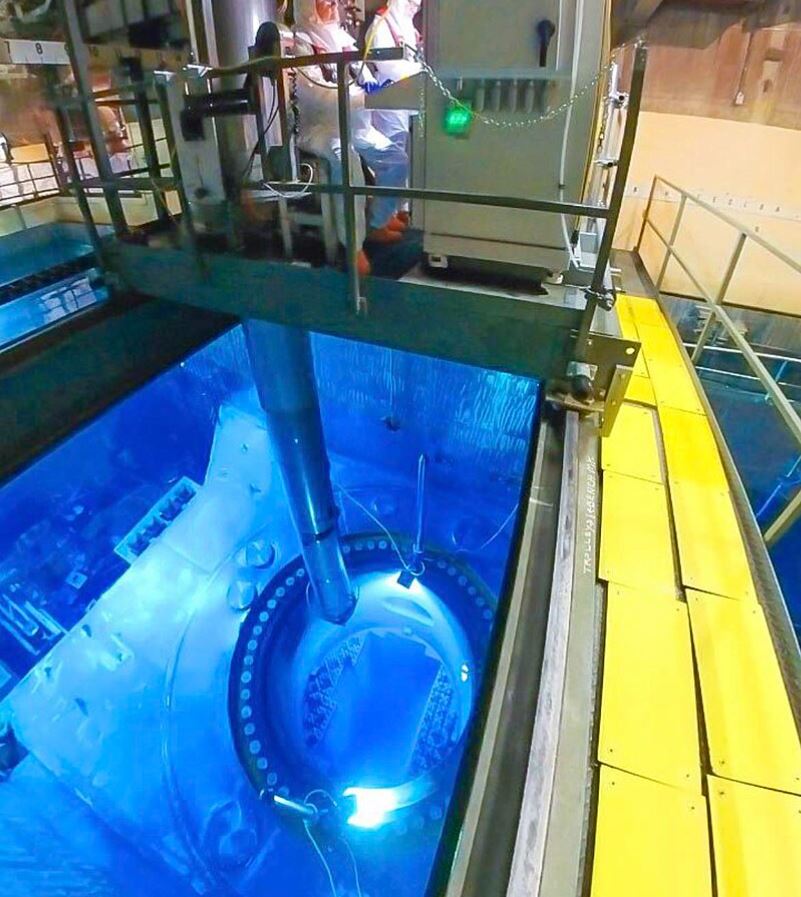
Nothing can beat light in a vacuum, but in water or glass light moves slower. A fast charged particle can pass the local light speed in that material and emit a blue cone of light called Cherenkov radiation. Nuclear reactors in water pools glow with it and detectors use the flashes to track particles. The effect is like a photonic sonic boom. It looks eerie, but it simply records how fast charges disturb the field inside a medium.
7. Quantum Levitation
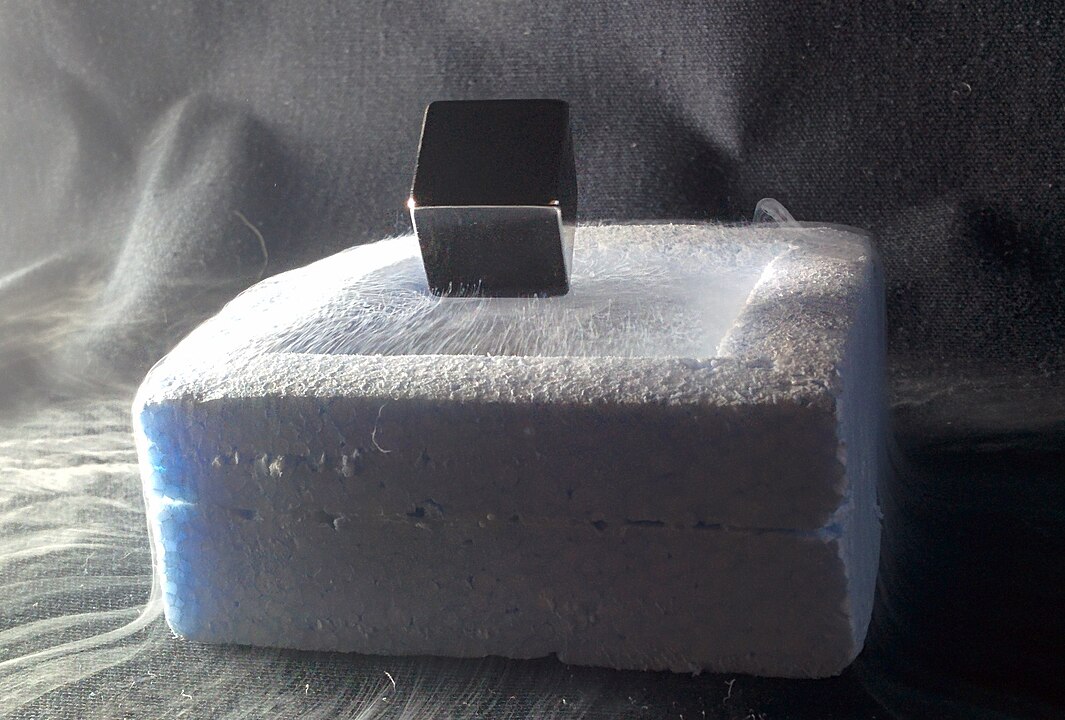
A superconductor cooled below its transition temperature can hover above a magnet. The magnetic field lines pin inside the material and lock the position in place. You can tilt the track and the puck still hangs there, even upside down, sliding smoothly while the gap remains fixed. This is called flux pinning and it makes levitation that feels like science fiction. The same physics is used in some magnetic trains to cut friction and boost smooth motion.
8. Gravitational Lensing

Gravity bends light. A massive galaxy can act like a glass lens for the light of something even farther away, creating arcs, rings, or multiple images of the same source. The lens can also delay one path more than another, so flashes arrive at different times. Photographs of perfect rings in the sky prove this bending. The effect lets astronomers weigh hidden mass and map dark matter, using warped starlight as a tool to study the universe.
9. Time Crystals
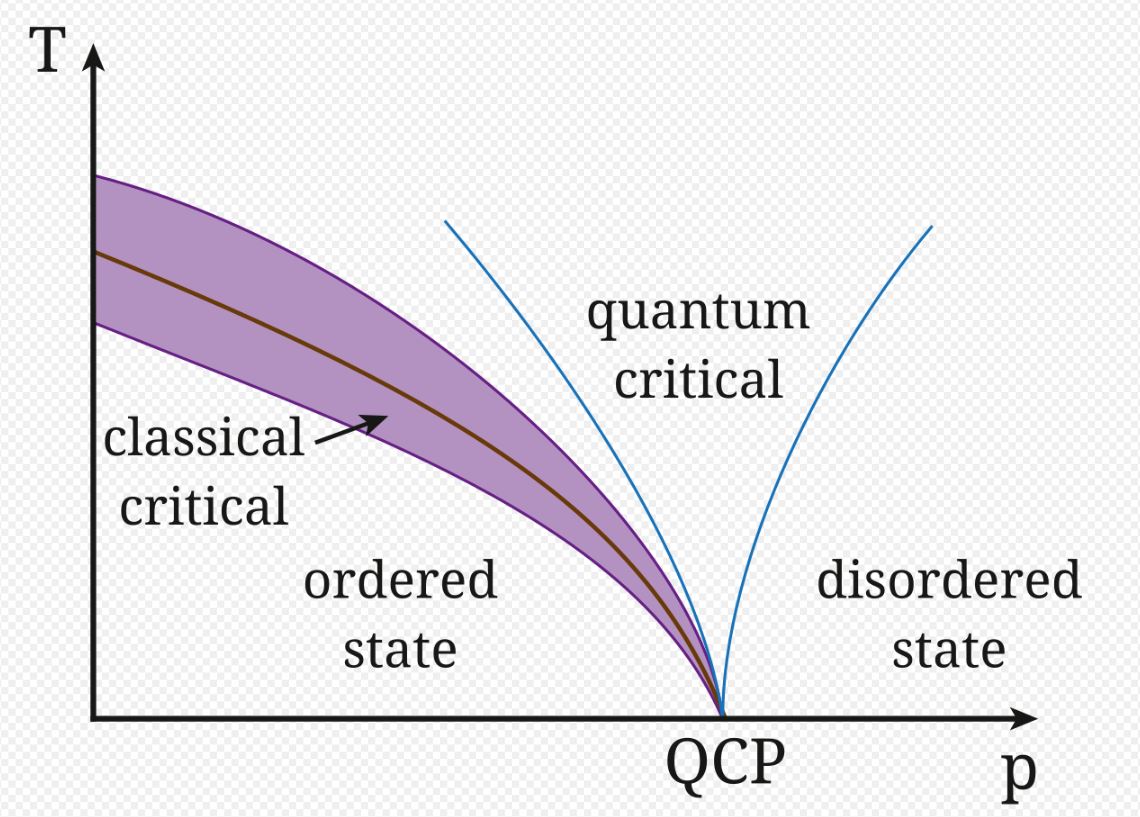
Some materials can form patterns not just in space but in time when driven in a steady rhythm. They tick in a stable cycle that is different from the driving clock and they keep that beat without heating up. These are time crystals. They have been built in trapped ions and in solid state systems and could help protect fragile quantum information. It is matter that keeps time in a new way, showing order that repeats on the timeline.
10. Neutrinos Change Identity
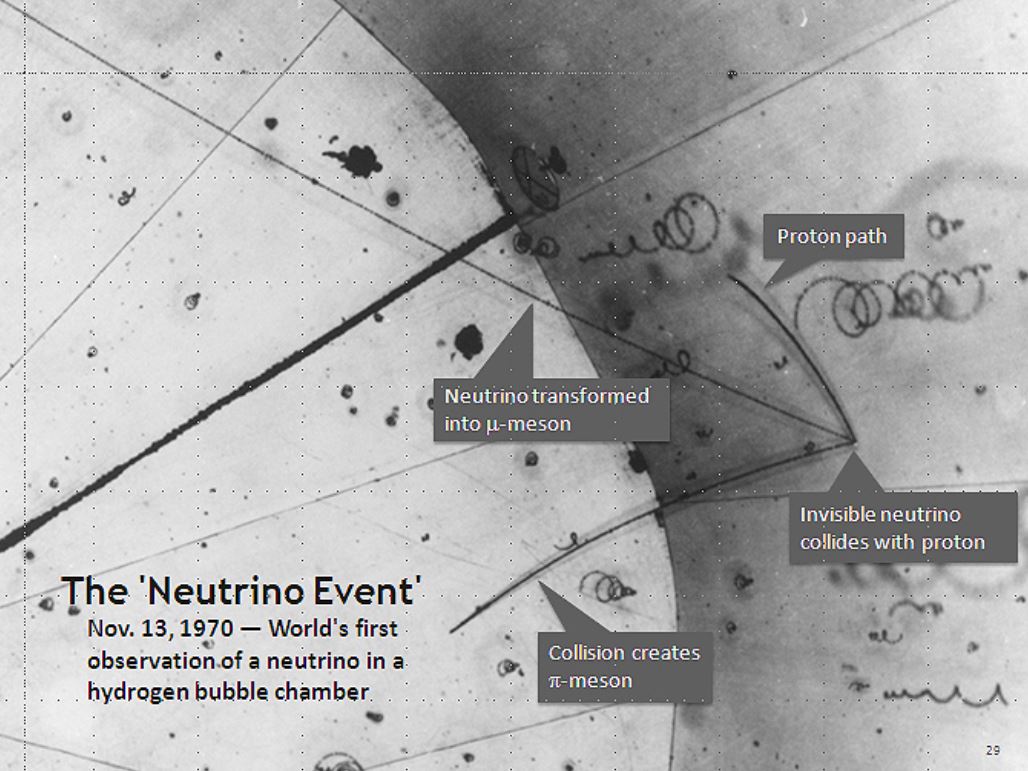
Neutrinos stream through Earth in huge numbers and rarely hit anything. Stranger still, they morph among three types as they travel, a dance called oscillation. Seeing this confirmed that neutrinos have tiny mass. Detectors in deep mines, under mountains, and in ice record rare flashes when a neutrino finally interacts. The shape of those events shows the flavor changes in flight. These shy particles helped rewrite the standard view of matter and forces.


